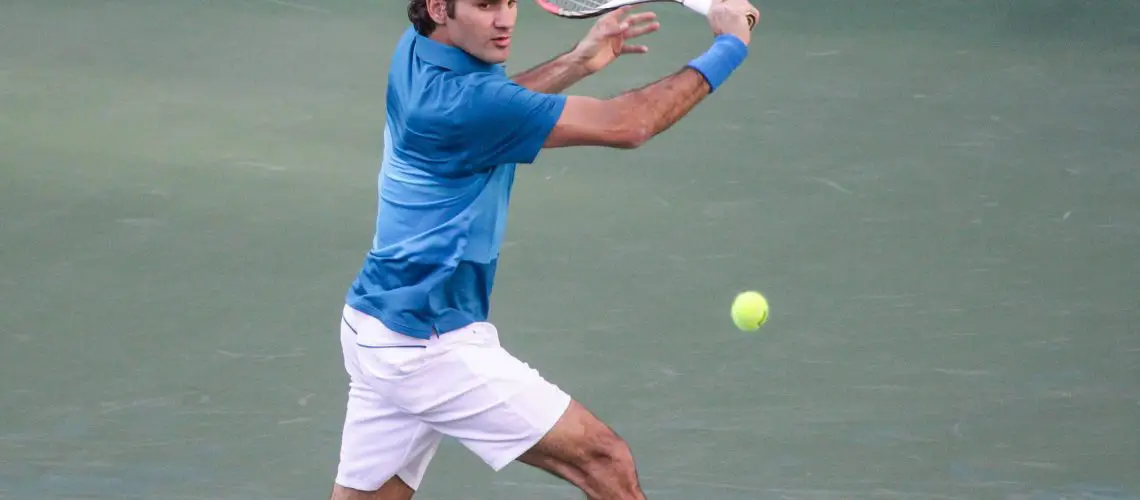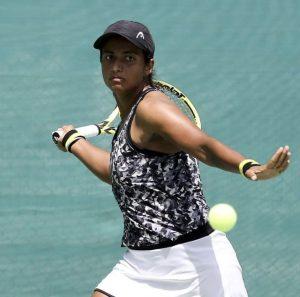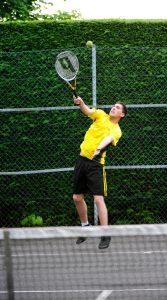We may earn money or products from the companies mentioned in this post.
The Importance of Choosing the Right Tennis Ball for Your Game
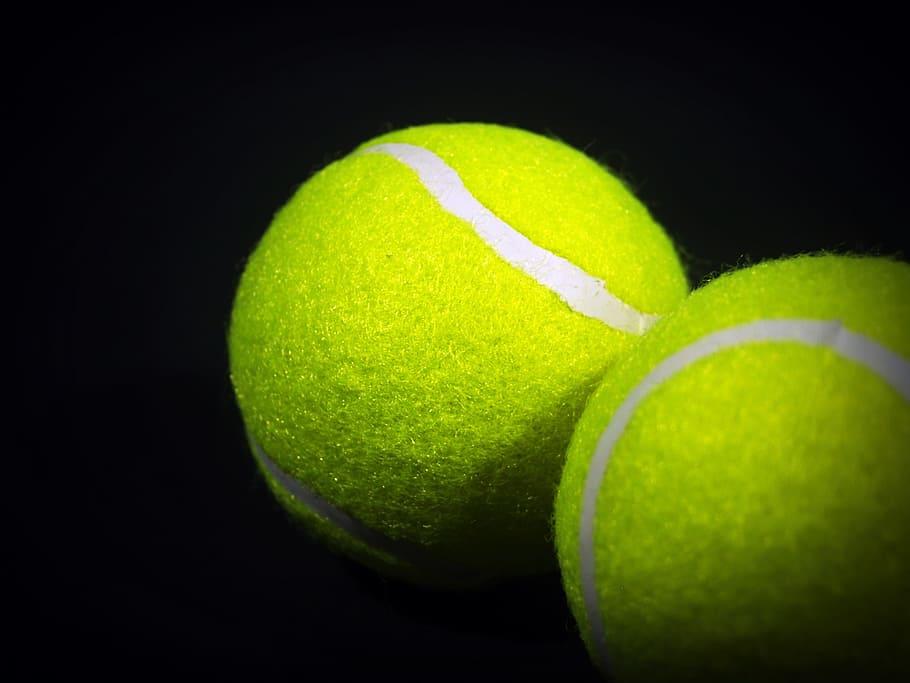
When it comes to playing tennis, selecting the right ball can make a world of difference in your performance on the court Not only does it affect how the ball feels and responds to your shots, but it also plays a crucial role in preventing potential injuries Let’s explore why choosing the correct tennis ball is essential for any player looking to up their game
Enhancing Performance
Picking the right tennis ball can significantly enhance your performance on the court Different balls have varying levels of bounce, speed, and durability For example, if you’re playing on a fast surface like grass or indoor hard courts, using a faster ball with more bounce can help you generate extra power and control your shots effectively
Conversely, if you’re playing on slower surfaces such as clay or outdoor hard courts, using a slower ball will give you more time to react and adjust your positioning This allows for longer rallies and strategic shot placement
Preventing Injury
In addition to improving performance, choosing the right tennis ball can also help prevent injuries during play Using an appropriate ball reduces strain on your body by ensuring that it doesn’t feel too heavy or too light when making contact with your racket
If you use a ball that is too heavy, it may put excessive stress on your arm and shoulder muscles, increasing the risk of strains or even chronic conditions such as tennis elbow On the other hand, if you opt for a lighter ball that lacks proper resistance, you might end up overcompensating with unnecessary forceful swings that could lead to wrist or forearm injuries
Factors to Consider When Selecting a Tennis Ball

Type of Court Surface
The type of court surface you’re playing on should be one of the primary factors influencing your choice of tennis ball Different surfaces interact differently with the ball, and using the appropriate one can help optimize your game For example, if you’re playing on a clay court, selecting a ball specifically designed for clay will ensure proper grip and control
Playing Level
Your skill level as a player also plays a role in choosing the right tennis ball Beginner players may benefit from using balls with more bounce and visibility to aid their learning curve Advanced players, on the other hand, may prefer balls that provide better control and responsiveness to match their skill set
Ball Pressure
The pressure inside the tennis ball affects its bounce and performance Balls with higher pressure tend to have more bounce but may feel harder to control, while lower pressure balls offer greater control but have less bounce Consider your personal preference and play style when deciding which pressure suits you best
Tournament Regulations
If you plan on participating in tournaments or leagues, it’s important to check their regulations regarding the type of tennis balls allowed Some tournaments have specific requirements for brand, size, or even color of the ball that must be adhered to ensure fair play
In conclusion, choosing the right tennis ball is crucial for optimizing performance and minimizing injury risks on the court By considering factors such as court surface, playing level, ball pressure, and tournament regulations, you can make an informed decision that aligns with your individual needs as a player
Types of Tennis Balls

Pressurized Tennis Balls
Pressurized tennis balls are the most common type of tennis balls used in professional and recreational play They are filled with air and have a hollow core, which gives them their characteristic bounce The pressurization helps maintain the ball’s shape and bounce, ensuring consistent performance on the court
One of the main benefits of using pressurized tennis balls is their lively bounce, which allows players to execute powerful shots with ease The high level of pressure also makes these balls ideal for fast-paced games and competitive play, as they offer excellent control and responsiveness
However, pressurized tennis balls do have a downside – they tend to lose their pressure over time On average, a pressurized ball can last anywhere from one to two weeks before its bounce starts to decrease significantly Once this happens, it is recommended to replace the ball to maintain optimal playing conditions
Pressureless Tennis Balls
In contrast to pressurized tennis balls, pressureless tennis balls do not contain any internal pressure-generating mechanism Instead, they are made from solid rubber that provides a consistent bounce throughout their lifespan
The main advantage of using pressureless tennis balls is their durability Unlike pressurized balls that lose their bounce over time, pressureless balls can last much longer without losing their performance characteristics This makes them an excellent choice for practice sessions or casual play where ball longevity is desired
Pressureless tennis balls are also suitable for players who prefer a slower pace or those with physical limitations who require extra time to react to shots due to reduced speed off the racket
High-Altitude Tennis Balls
High-altitude tennis balls are specifically designed for play at higher elevations where the air is thinner These balls are pressurized, but with lower internal pressure compared to regular pressurized tennis balls
The purpose of using high-altitude tennis balls is to compensate for the reduced air resistance and slower ball speeds at higher altitudes The lower internal pressure helps maintain a more controlled bounce, allowing players to adjust their shots accordingly
High-altitude tennis balls offer several benefits for players in mountainous regions or at high-altitude venues They provide better control, accuracy, and consistency during play, helping players adapt to the unique playing conditions found at higher elevations
In conclusion, understanding the different types of tennis balls available can greatly enhance your playing experience Whether you opt for pressurized balls for a livelier game or pressureless balls for extended durability, or even high-altitude balls for specific playing conditions, choosing the right type of tennis ball can make a significant difference in your performance on the court
Skill Level and Style of Play Considerations
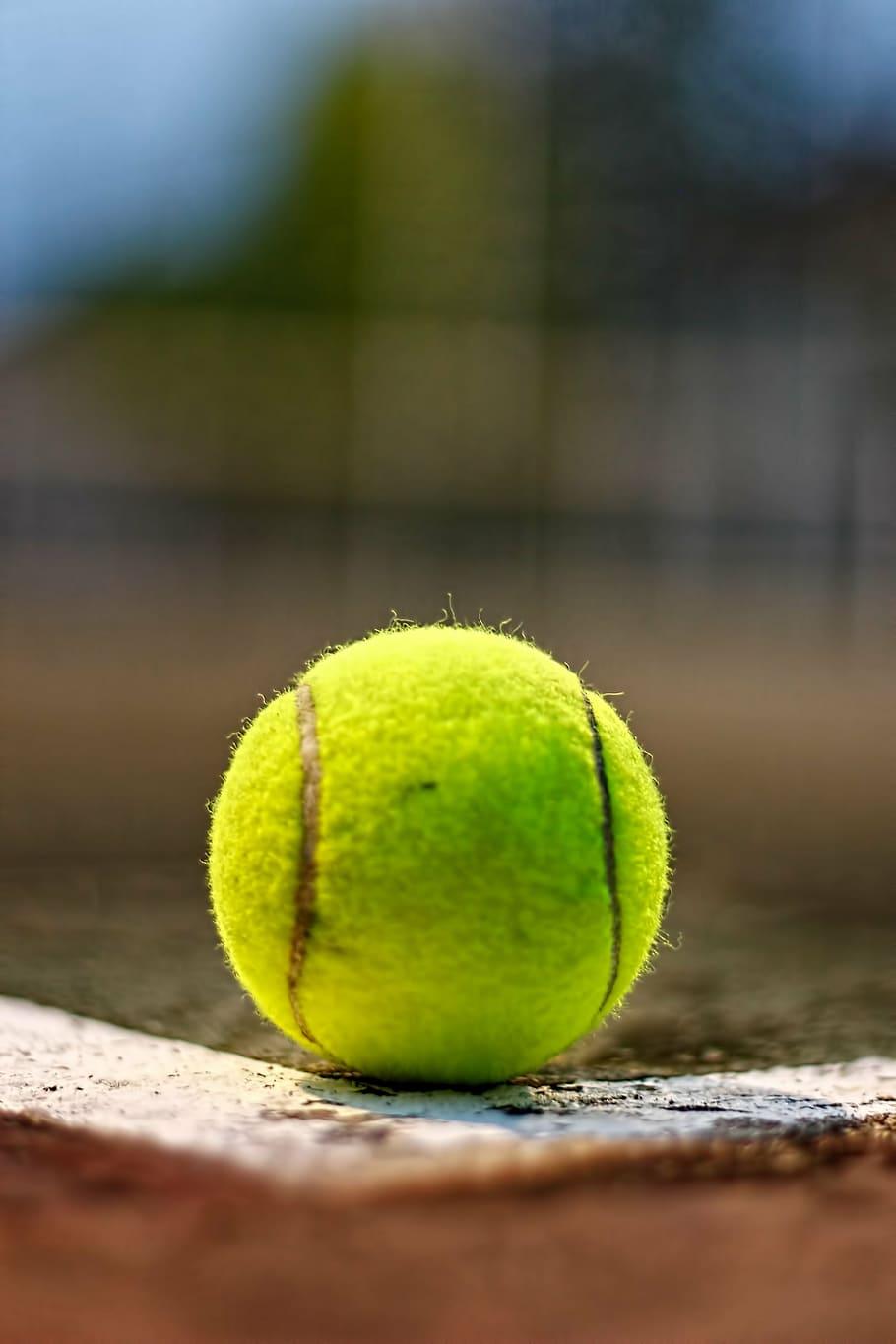
Beginner players
When it comes to beginner tennis players, choosing the right type of balls is crucial for their development in the sport Typically, beginners should opt for low-compression or foam balls These types of balls have a slower speed and bounce, making them easier to control and allowing beginners to build confidence in their strokes
Using specific types of tennis balls at this level offers several advantages Firstly, the slower pace allows beginners to have more time to react and position themselves correctly on the court This helps them develop proper footwork and technique from the start Additionally, the lower compression reduces the risk of injury as it puts less strain on their muscles and joints
Intermediate players
As players progress from beginner to intermediate level, they can transition to regular tennis balls with a medium compression rating These balls provide a good balance between control and power, allowing intermediate players to further develop their skills
The choice of ball type can have a significant impact on performance at this stage Using regular tennis balls encourages intermediate players to adapt their technique to generate more power without sacrificing accuracy or control It also prepares them for playing against different opponents who may use standard tennis balls in matches
Advanced players
Advanced players require high-performance tennis balls that can withstand intense rallies and maintain consistent playability throughout extended matches
Determining which type is best suited for advanced players often comes down to personal preference based on factors such as court surface, playing style, and individual feel for the ball However, opting for professional-grade tournament balls is generally recommended as they are designed specifically for high-level competition
The right choice of ball can lead to significant performance improvements for advanced players These balls offer enhanced durability, consistent bounce, and greater control, allowing advanced players to execute their shots with precision and confidence With the right ball, they can fully showcase their skills and compete at their best
Overall, understanding the skill level and style of play considerations for each player category is essential in selecting the most suitable tennis balls Whether you’re a beginner looking for a slower-paced ball to build your foundation or an advanced player seeking high-performance options, choosing the right type of ball can greatly enhance your tennis experience
Frequently Asked Questions (FAQs) About Choosing Tennis Balls

What is the difference between regular-duty, extra-duty, and grass-court tennis balls?
When it comes to tennis balls, there are various types available to suit different playing surfaces Regular-duty tennis balls are designed for indoor or clay court surfaces They have a softer felt covering that allows for better control and spin on these slower courts Extra-duty tennis balls, on the other hand, are specifically made for hard court surfaces like asphalt or concrete These balls have a thicker felt cover that can withstand the rougher surface without wearing out quickly Lastly, grass-court tennis balls are specially crafted for use on natural grass courts They have a harder and more durable felt cover to handle the unique demands of this surface
How often should I replace my tennis balls?
The lifespan of tennis balls depends on several factors such as frequency of use, court surface, and personal preference As you play with your tennis ball over time, its felt cover will gradually wear down due to friction with the ground and racket strings This can affect the ball’s bounce and overall performance Generally, recreational players may replace their tennis balls every few months or after around 10-15 hours of playtime However, professional players often choose to replace their tennis balls after every match or practice session to ensure optimal performance
Are there specific brands or models recommended by professionals?
In the world of professional tennis, certain brands and models have gained recognition among top players for their quality and consistency Some popular choices include Wilson US Open Balls, Babolat Roland Garros Balls, and Dunlop Fort All Court Balls These brands invest in research and innovation to produce high-performance tennis balls that meet the rigorous demands of competitive play While these brands are commonly preferred, it’s important to note that personal preference plays a significant role in choosing the right tennis ball for each player
Does color matter while selecting a tennis ball?
The color of a tennis ball is more than just an aesthetic choice; it can actually have an impact on play Traditionally, tennis balls were predominantly white However, yellow balls became popular due to their visibility on various court surfaces and under different lighting conditions The bright yellow color enhances visibility against both blue hard courts and green grass courts It allows players to track the ball better and react quickly during fast-paced rallies So, while color may not affect the performance or durability of the ball itself, it does contribute to the overall playing experience
What are ITF (International Tennis Federation) approved tennis balls & why does it matter?
The International Tennis Federation (ITF) approves specific standards for tennis balls used in professional tournaments and competitive play ITF-approved balls undergo rigorous testing to ensure consistent bounce, weight, size, and performance across different court surfaces By using ITF-approved balls, players can compete on a level playing field where everyone experiences similar characteristics from the tennis balls being used This standardization ensures fair competition and eliminates any advantage one player may have over another due to variations in ball quality or specifications
Useful Links

How To Choose Your Tennis Balls?
What TENNIS BALL should you be using?! We help explain …
How to choose your tennis balls – YouTube
How to choose your tennis balls
A Ritual With Roots in Science and Superstition
What tennis pros look at when they choose a ball
A Definitive Guide to The Best Tennis Balls for Every Level
Best Tennis Balls: The Top Picks for Your Next Match
Best Tennis Balls of 2023
How to pick the right Tennis Ball
Tennis Balls | Buyer’s Guide + 12 Best Balls for Performance
How To Choose The Correct Tennis Ball For Juniors
How To Choose The Correct Junior Tennis Ball
How to Choose the Best Tennis Ball
Extra Duty Vs. Regular Duty Tennis Balls: What is the …
Which Tennis Ball is Perfect as Per Your Age? [Quick Guide]
Why do tennis players check the ball before serving?
Why Junior-Sized Tennis Balls Are Important

